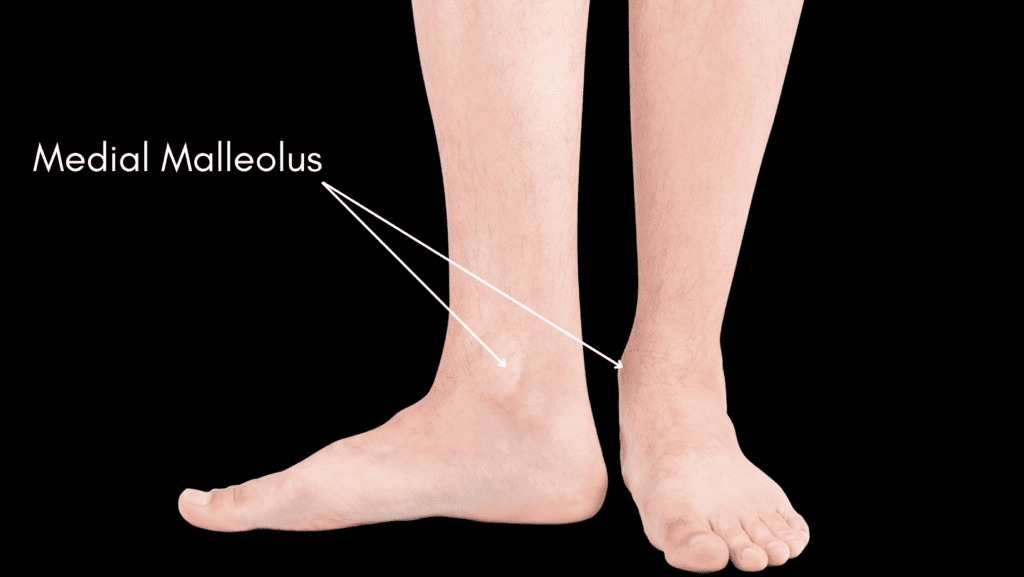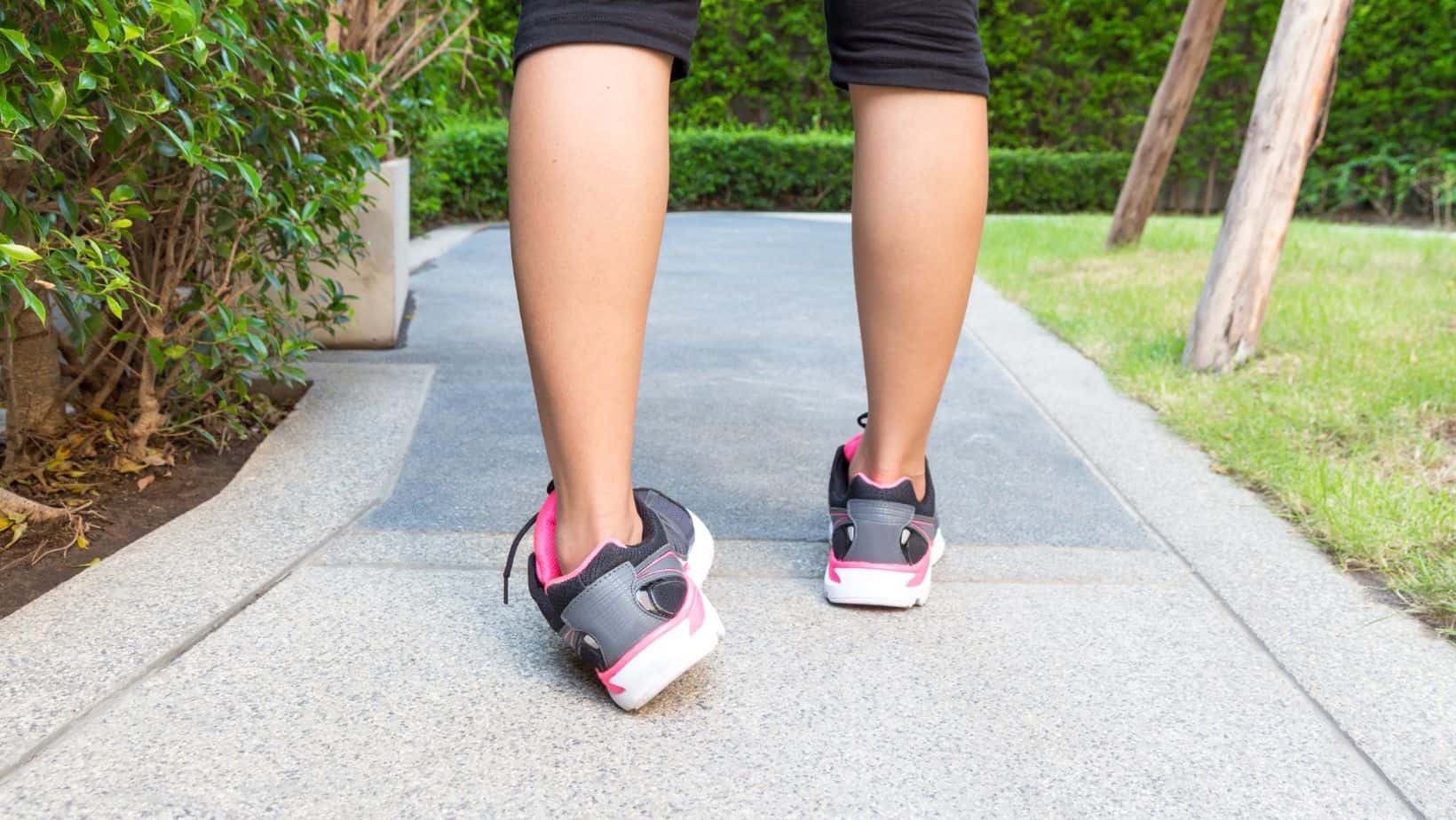Posterior Ankle Impingement (PAIS)
Read More >
Medial Malleolus Pain can result from a fracture to the distal tibia, bone bruising, a deltoid ligament sprain or Medial Malleolus bursitis.
Some of the most common medial malleolus fractures are avulsion fractures, stress fractures or a fracture secondary to an ankle dislocation. Bone bruising can result from an overload, poor biomechanics or direct trauma from a kick in a sport or hitting the inside of your ankle off a solid object.
A deltoid ligament sprain is a common injury to the ligaments on the inside of your ankle that commonly occur in change of direction sports such as tennis and football. At the same time, Medial Malleolus Bursitis is rare but can result from compression or friction from tight-fitting shoes or ski boots.

In our experience, you can walk with a Medial Malleolus Fracture once it is pain-free. For an isolated Medial Malleolus Fracture, such as an avulsion fracture, walking in an air cast walker boot is normal for the first 4-6 weeks.
If there is any pain when walking in the boot, using crutches in the first 2 weeks to reduce the force through the ankle joint is helpful.
After 4 weeks of wearing a boot, walking indoors in cushioned trainers for 1-2 weeks is usual before beginning to walk outdoors.
Patients report a sharp pain when weight bearing when they have a Medial Malleolus Fracture. It is common to experience a throbbing sensation at night while there is usually no pain at rest.
If there is a significant fracture to the Medial Malleolus, it can result in significant swelling. The swelling can compress the ankle’s surrounding nerves, resulting in pins and needles or numbness.

A Medial Malleolus Fracture is a severe injury that should be assessed by a medical professional and referred for a scan such as an X-ray or an MRI.
If a fracture is identified, it can be treated conservatively or may be referred for surgery depending on the severity of the injury.
Most medial malleolus fractures are placed in a walking boot for 4-6 weeks but this will be decided by an orthopaedic consultant.

A Medial Malleolus Fracture can result from a fall’s impact where high forces are applied to the bone resulting in a break.
The more common cause is a severe ankle sprain that leads to an avulsion fracture where a fragment of bone is pulled off from the bone by a ligament or tendon.
Repetitive overuse from running or impact sports can lead to stress fractures of the Medial Malleolus.
Recovery time for an isolated Medial Malleolus Fracture is 4-6 weeks. This is the time it takes for the bone to unite if it is managed correctly under a Physical Therapist’s care.
For complex Medial Malleolus Fractures, it can take 3 months to recover after having surgery. Within the 3 months, 6 weeks is usually spent in a walker boot, followed by 6 weeks of Physical Therapy.
A stress fracture can cause Medial Malleolus pain, especially when weight-bearing. An avulsion fracture where the ligament pulls a fragment of bone off the Medial Malleolus can cause a lot of pain in the area, or repetitive impact from running can lead to bony bruising on the Medial Malleolus.
A bone can present similarly to a stress fracture in the clinic, and a scan is usually required to help with a differential diagnosis.
This article is written by James McCormack, a Foot and Ankle Specialist who is an expert in treating Medial Malleolus Pain.
This is not medical advice. We recommend a consultation with a medical professional such as James McCormack if you are experiencing any of the symptoms discussed in this article. James offers Online Physiotherapy Appointments weekly and face-to-face appointments in his London clinic.